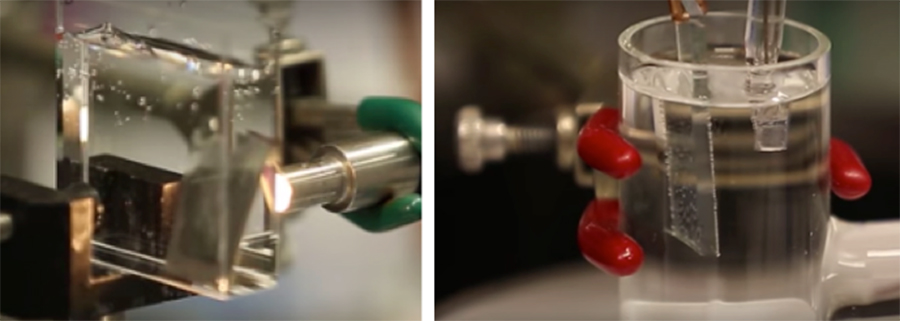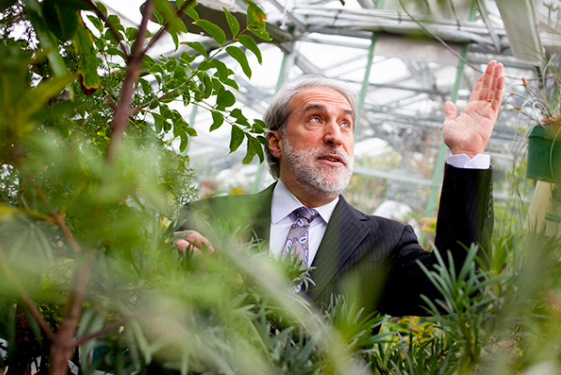
BIONIC LEAF 2.0 and artificial photosynthesis
Bionic Leaf 2.0 is a research work published in 2016 by Daniel Nocera and Pamela Silver, Harvard University. It isn’t directly related to the Design sector, but it has more to do with the multidisciplinary nature of Design Thinking. Real sustainability is one of WeVux’s favorite topics but also the search for solutions to lower energy consumption, our environmental footprint, and our bad habits. One of the most active sectors is the energy one, in which solutions to the use of fossil fuels have been sought for years. We have based our entire development on certain materials and energy sources and now we find ourselves paying the consequences. Fortunately, there are those who think outside the box: if you need to find a renewable energy source, you need to look not only at the sun but at plants. Actually, to a particular molecule: chlorophyll. To put it simply, this molecule captures sunlight and thus allows the plant to produce sugars using the water and carbon dioxide collected previously, and oxygen as a waste product: this is the process of photosynthesis.
What if we try to artificially simulate photosynthesis to create clean energy? This was probably one of the questions at the beginning of Nocera and Silver’s research. With the help of Harvard University, the duo designed an artificial leaf that reproduces the basic functioning of a normal leaf, which is to break down water molecules using sunlight. This invention can be connected to solar panels to increase their efficiency and energy performance. The result is a simple leaf, as small as a playing card, totally artificial, able to exploit the power of photosynthesis by 10% – while in nature it reaches 1%, at most 4% in some algae. Also, one thing that should not be underestimated is that Bionic Leaf 2.0 is surprisingly cheap: to create it, alloys of cobalt and phosphorus are used, cheap materials compared to others, such as platinum.
c
c
To understand the importance of this research, we mention Nocera’s words: “What we’ve invented is an artificial leaf. You just drop it in water and sunlight hits it, and out one side comes hydrogen and out the other side comes oxygen.”
“This project could make a strong contribution to the creation of eco-friendly biomass in the near future” explains Nocera, “given the low production costs, this invention can be easily introduced to the market. It will be interesting especially in the poorest countries, where there is no electricity grid. With the artificial leaf, everyone will be able to produce the necessary electricity themselves. Yes, because the hydrogen and oxygen produced can be stored in tanks and react in a fuel cell to produce electricity and heat; so during the day the system accumulates hydrogen and oxygen and returns electricity at night. Furthermore, little water is needed, because in the cell these two substances end up recombining to generate more H2O”.
Fortunately, enormous progress has been made in recent years in the field of solar panels, whose conversion efficiency has reached 20% and work is currently underway to reach 32%. All that remains is to hope for the increasing adoption of these technologies and therefore also a further lowering of prices and more research.
Bionic Leaf 2.0 is described in the book Botanica, Viaggo nell’universo vegetale, by Stefano Mancuso for Aboca. Mancuso is a professor at the University of Florence and director of the International Laboratory of Plant Neurobiology (LIVN). To learn more about the topic, we recommend reading his books, which explain the plants world in a simple way, giving us a different point of view on the subject.
c


Daniel Nocera. – Ph. credit: Rose Lincoln/Harvard Staff Photographer
